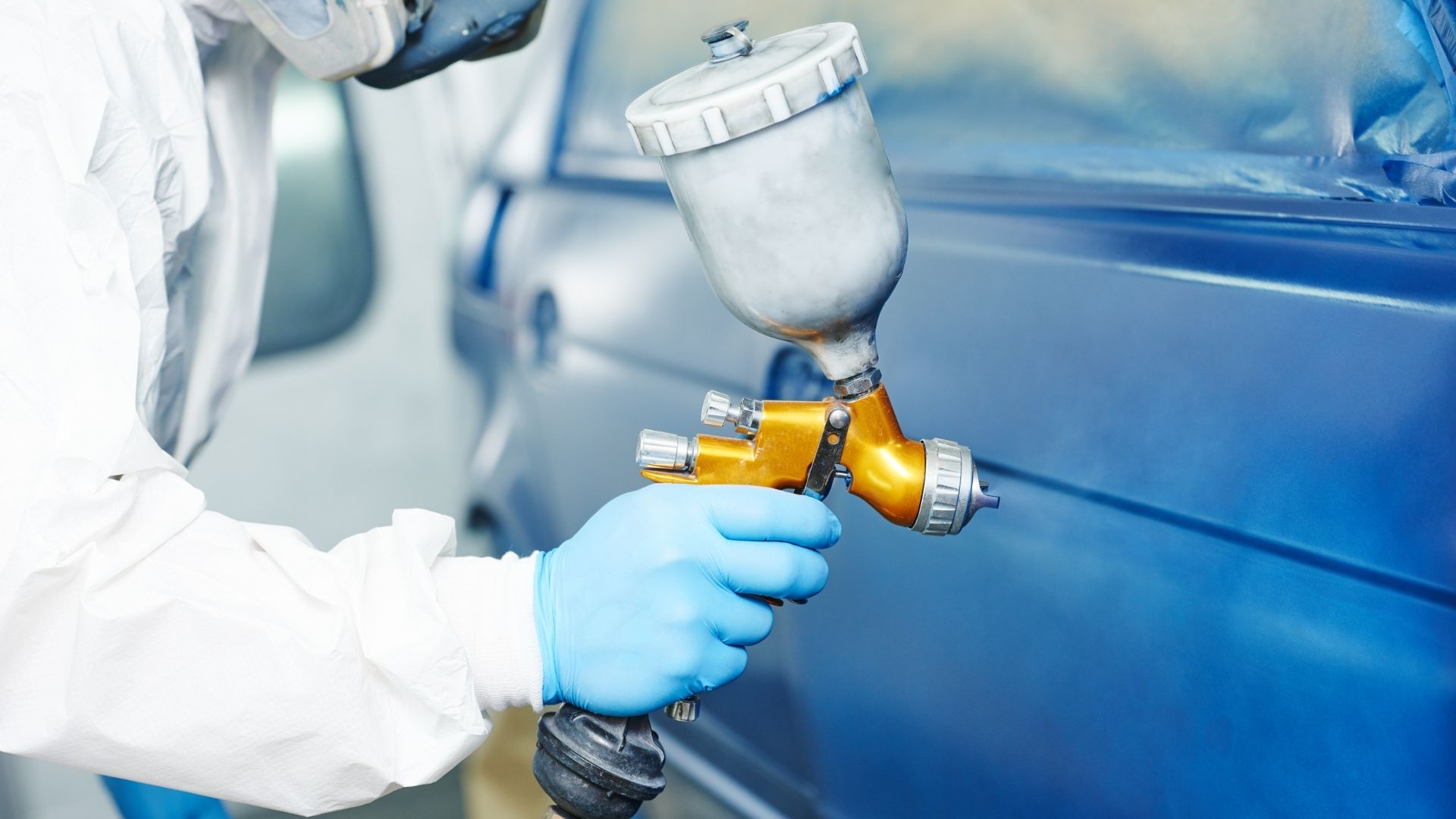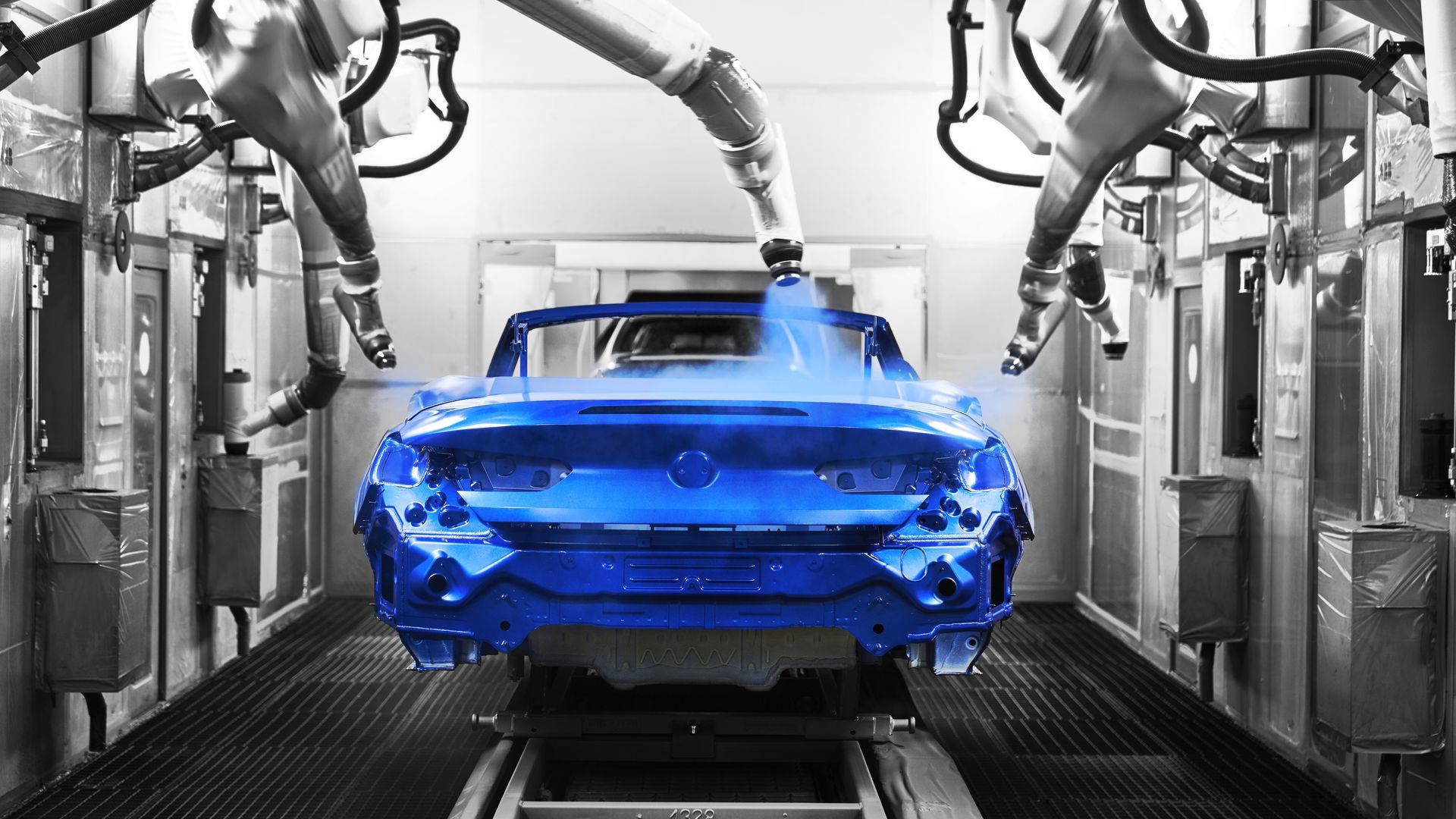Painting your car over old paint might sound intimidating, but with the right tools and techniques, you can achieve professional-looking results from the comfort of your garage. If you’ve ever wondered how to tackle this project without breaking the bank, you’re in the right place. In this article, we’ll break down everything you need to know about painting a car over old paint, from preparation to finishing touches.
There’s something incredibly satisfying about giving your ride a fresh coat of paint. Whether you’re restoring a classic car or simply want to revamp your daily driver, learning how to paint a car over old paint is a skill that pays off. The process might seem overwhelming at first, but trust me, with the right mindset and tools, you can pull it off like a pro.
Before we dive into the nitty-gritty details, let’s address the elephant in the room: why should you even bother with painting your car yourself? For starters, it saves you a ton of cash. Professional paint jobs can easily run into thousands of dollars, and who doesn’t love saving some bucks? Plus, there’s the added satisfaction of knowing you did it yourself. So, let’s get started!
- Whatrsquos Really Going On With Pam Oliver The Untold Story
- Akbari Name Origin Unveiling The Fascinating Story Behind This Unique Name
Table of Contents
- Preparation: The Key to Success
- Tools and Materials You’ll Need
- Preparing the Surface for Painting
- Applying Primer: Why It Matters
- Painting the Car: Step-by-Step
- Adding the Clear Coat
- Polishing and Final Touches
- Pro Tips for a Flawless Finish
- Frequently Asked Questions
- Wrapping It Up
Preparation: The Key to Success
They say preparation is 90% of the battle, and when it comes to painting a car over old paint, that couldn’t be truer. Skipping this step is like trying to build a house on sand—it’s just not gonna work. Here’s what you need to do to get your car ready for a fresh coat:
First things first, clean your car thoroughly. I’m talking about a deep clean, not just a quick rinse. Use a car-specific soap and water to remove any dirt, grime, or wax residue. Trust me, you don’t want any of that junk messing up your paint job. Once it’s clean, dry it off with a microfiber towel to avoid water spots.
Next, remove any parts that might interfere with the painting process. Think mirrors, emblems, lights, and even door handles if you can. This step ensures a smoother surface and prevents any accidental overspray. Oh, and don’t forget to mask off any areas you don’t want painted, like glass and rubber seals. Masking tape and plastic sheeting are your best friends here.
- Words That Describe A Powerful Woman Unlocking Her True Potential
- 3rd Year Death Anniversary Quotes Honoring Memories With Heartfelt Words
Why Preparation Matters
Think of preparation as the foundation of your paint job. If the surface isn’t clean and smooth, no amount of fancy paint is gonna save it. By taking the time to prep your car properly, you’re setting yourself up for success and ensuring a long-lasting finish.
Tools and Materials You’ll Need
Now that your car is prepped and ready, let’s talk about the tools and materials you’ll need to paint it. Here’s a quick rundown:
- Sandpaper (various grits)
- Paint scraper
- Dual-action sander
- Masking tape and plastic sheeting
- Primer
- Paint (choose a high-quality automotive paint)
- Clear coat
- Paint sprayer
- Microfiber towels
Having the right tools makes all the difference. A good paint sprayer, for example, ensures an even application and minimizes the risk of drips and streaks. Don’t skimp on quality here—it’s worth the investment.
Investing in Quality Tools
While it might be tempting to go for the cheapest options, remember that you get what you pay for. Investing in quality tools and materials will save you time and headaches in the long run. Plus, it’ll make the whole process a lot smoother and more enjoyable.
Preparing the Surface for Painting
With your tools in hand, it’s time to tackle the surface prep. This is where the real work begins. Start by sanding down the old paint. You’ll want to use a coarse grit sandpaper first to remove any major imperfections, then switch to a finer grit for a smoother finish.
If there are any rust spots, now’s the time to deal with them. Use a rust converter or sand them down completely, depending on the severity. Once you’re satisfied with the surface, give it a final wipe down with a tack cloth to remove any dust or debris.
Pro tip: Don’t rush this step. Taking your time to ensure a smooth and clean surface will pay off big time in the end.
Common Surface Prep Mistakes to Avoid
One of the biggest mistakes people make is not sanding enough. Leaving old paint or rust behind will only lead to problems down the road. Another common error is skipping the cleaning step. Even the tiniest bit of dirt or grease can ruin your paint job, so don’t cut corners here.
Applying Primer: Why It Matters
Now that your surface is prepped, it’s time to apply the primer. Primer serves as a base layer that helps the paint adhere better and provides a smooth, even surface. It also helps prevent rust and other issues down the line.
When applying primer, use light, even strokes and work in sections. Let each coat dry completely before applying the next one. Typically, two to three coats of primer should do the trick. Once the primer is dry, give it a light sanding with fine-grit sandpaper to smooth out any imperfections.
Remember, primer might not be the most exciting part of the process, but it’s crucial for achieving a professional-looking finish.
Choosing the Right Primer
Not all primers are created equal. For best results, go with a high-quality automotive primer that’s specifically designed for your type of paint. This will ensure optimal adhesion and durability.
Painting the Car: Step-by-Step
Finally, the moment you’ve been waiting for—painting your car! Here’s a step-by-step guide to help you get it right:
- Start by shaking your paint thoroughly to ensure an even mix.
- Using your paint sprayer, apply thin, even coats of paint. Work in sections and overlap each pass slightly to ensure full coverage.
- Let each coat dry for the recommended time before applying the next one. Typically, three to four coats should be enough.
- Once you’ve applied all the paint coats, let it dry completely before moving on to the next step.
Remember to keep your sprayer moving constantly to avoid drips and streaks. And don’t be afraid to take your time—rushing can lead to mistakes.
Tips for a Smooth Paint Application
Here are a few tips to help you achieve a flawless paint job:
- Work in a well-ventilated area to avoid inhaling fumes.
- Use a paint filter to prevent any debris from getting into your sprayer.
- Keep your sprayer at a consistent distance from the car for even coverage.
Adding the Clear Coat
Once your paint is dry, it’s time to add the clear coat. The clear coat protects your paint from UV rays, scratches, and other environmental factors. It also gives your car that shiny, glossy finish everyone loves.
Apply the clear coat in the same manner as the paint—light, even coats with plenty of drying time in between. Typically, three coats of clear coat should suffice. Once it’s dry, give it a light sanding with ultra-fine grit sandpaper to smooth out any imperfections.
Pro tip: Avoid touching the clear coat while it’s drying. Even the tiniest fingerprint can ruin the finish.
Choosing the Right Clear Coat
Like primer and paint, not all clear coats are created equal. Opt for a high-quality automotive clear coat that’s compatible with your paint. This will ensure a durable and long-lasting finish.
Polishing and Final Touches
With the clear coat dry, it’s time to put the finishing touches on your car. Start by polishing the surface to bring out that showroom shine. Use a high-quality car polish and a dual-action polisher for best results.
Once you’re satisfied with the shine, reattach any parts you removed earlier and give your car a final inspection. Look for any missed spots or imperfections and touch them up as needed.
Pro tip: Take your time with the polishing step. It’s the final opportunity to make your car look its absolute best.
Common Polishing Mistakes
One common mistake is using too much pressure while polishing. This can lead to swirl marks and other imperfections. Another mistake is skipping the polishing step altogether. While it might seem optional, it’s crucial for achieving that professional-grade shine.
Pro Tips for a Flawless Finish
Here are a few additional tips to help you achieve the best possible results:
- Work in a dust-free environment to avoid particles sticking to your paint.
- Use a paint booth or tent if possible to control the environment.
- Don’t rush the drying times between coats—patience is key.
- Invest in quality tools and materials for the best results.
Remember, painting a car over old paint is a process that requires patience, attention to detail, and a bit of elbow grease. But with the right approach, you can achieve stunning results.
Frequently Asked Questions
Can I paint my car without sanding?
While it’s technically possible, sanding is crucial for achieving a smooth and durable finish. Skipping this step can lead to poor adhesion and a shorter lifespan for your paint job.
How long does it take to paint a car?
The time it takes to paint a car can vary depending on the complexity of the job and your level of experience. On average, you’re looking at several days to a week for a complete paint job.
Do I need a paint booth?
While not absolutely necessary, a paint booth or tent can help create a controlled environment, reducing the risk of dust and debris ruining your paint job.
Wrapping It Up
Painting a car over old paint might seem like a daunting task, but with the right tools, techniques, and mindset, you can achieve professional-looking results. From preparation to final touches, every step plays a crucial role in the overall success of your paint job.
Remember, the key to a great paint job is patience and attention to detail. Don’t rush the process, and don’t skimp on quality tools and materials. And most importantly, have fun with it! Painting your car is a rewarding experience that allows you to express your creativity and give your ride a fresh new look.
So, what are you waiting for? Grab your tools, roll up your sleeves, and get to work. And don’t forget to share your results with us in the comments below. Happy painting!



Detail Author:
- Name : Mr. Bennett Satterfield Sr.
- Username : sadie.rice
- Email : idell99@swaniawski.com
- Birthdate : 2001-08-19
- Address : 91270 Hintz Plains Otiliamouth, KS 59177
- Phone : 1-732-369-5245
- Company : Stehr-Kohler
- Job : Underground Mining
- Bio : Quod corporis non quaerat eligendi architecto aut necessitatibus enim. Sunt repudiandae velit quis incidunt. Non qui quis et accusamus rerum alias nemo. Dolores qui deleniti aut expedita eos.
Socials
tiktok:
- url : https://tiktok.com/@sylvia_romaguera
- username : sylvia_romaguera
- bio : Eligendi velit dolor sint laboriosam. Qui velit quia modi sed.
- followers : 3324
- following : 2535
facebook:
- url : https://facebook.com/romaguera2017
- username : romaguera2017
- bio : Culpa aut consectetur aspernatur similique est inventore.
- followers : 3178
- following : 537
instagram:
- url : https://instagram.com/sylvia_romaguera
- username : sylvia_romaguera
- bio : Ex temporibus quo omnis voluptatem. Qui temporibus esse enim voluptas natus.
- followers : 1744
- following : 310